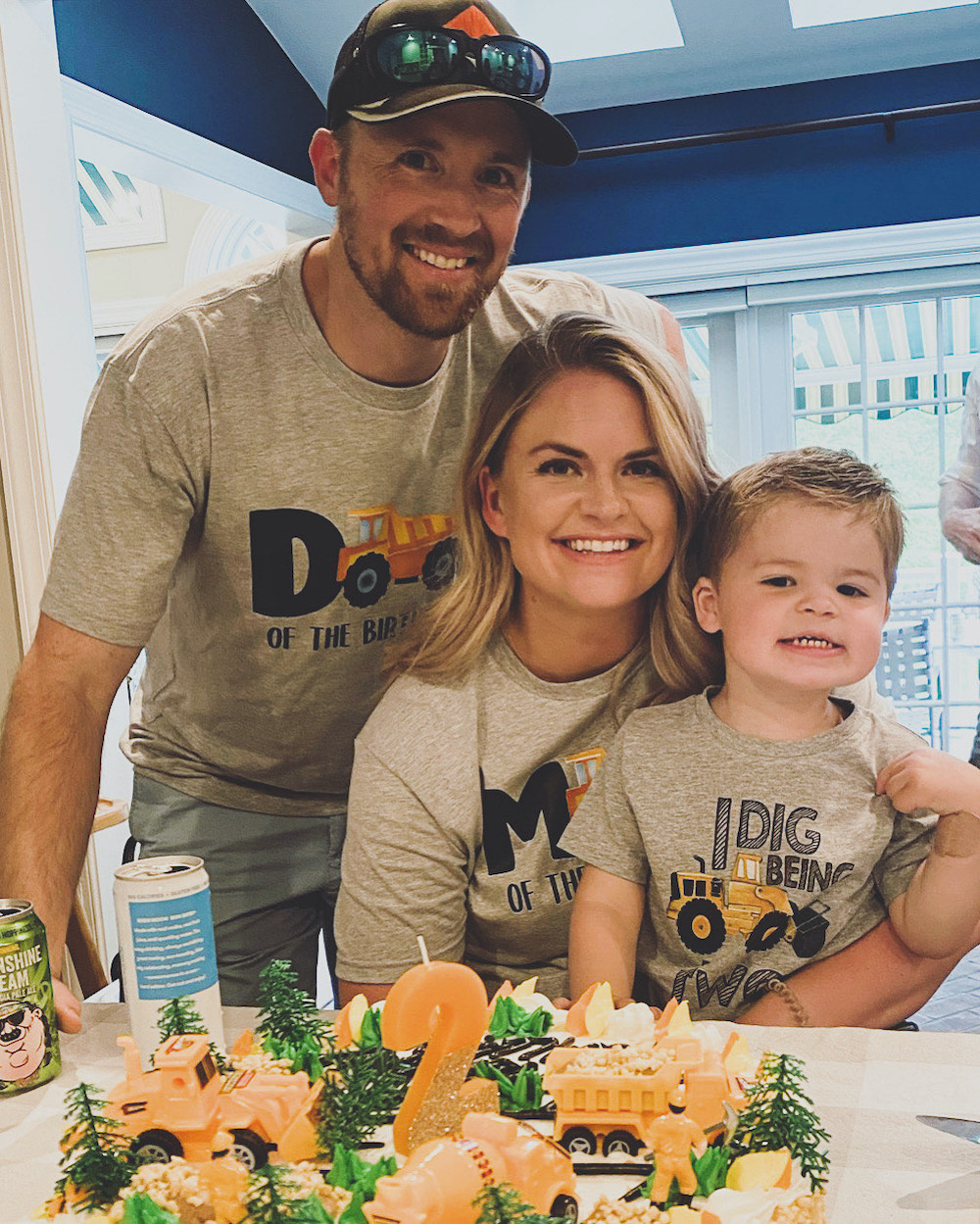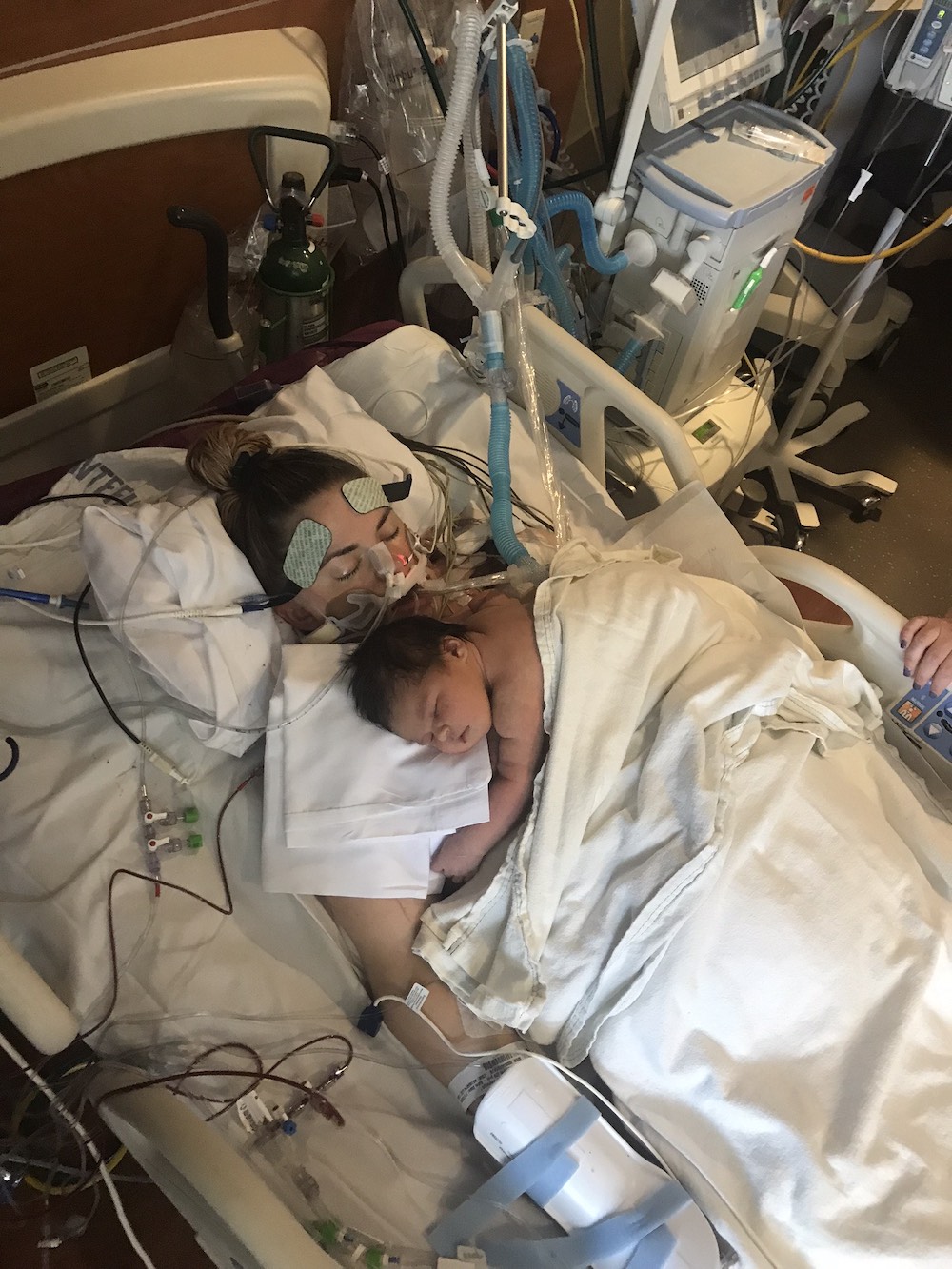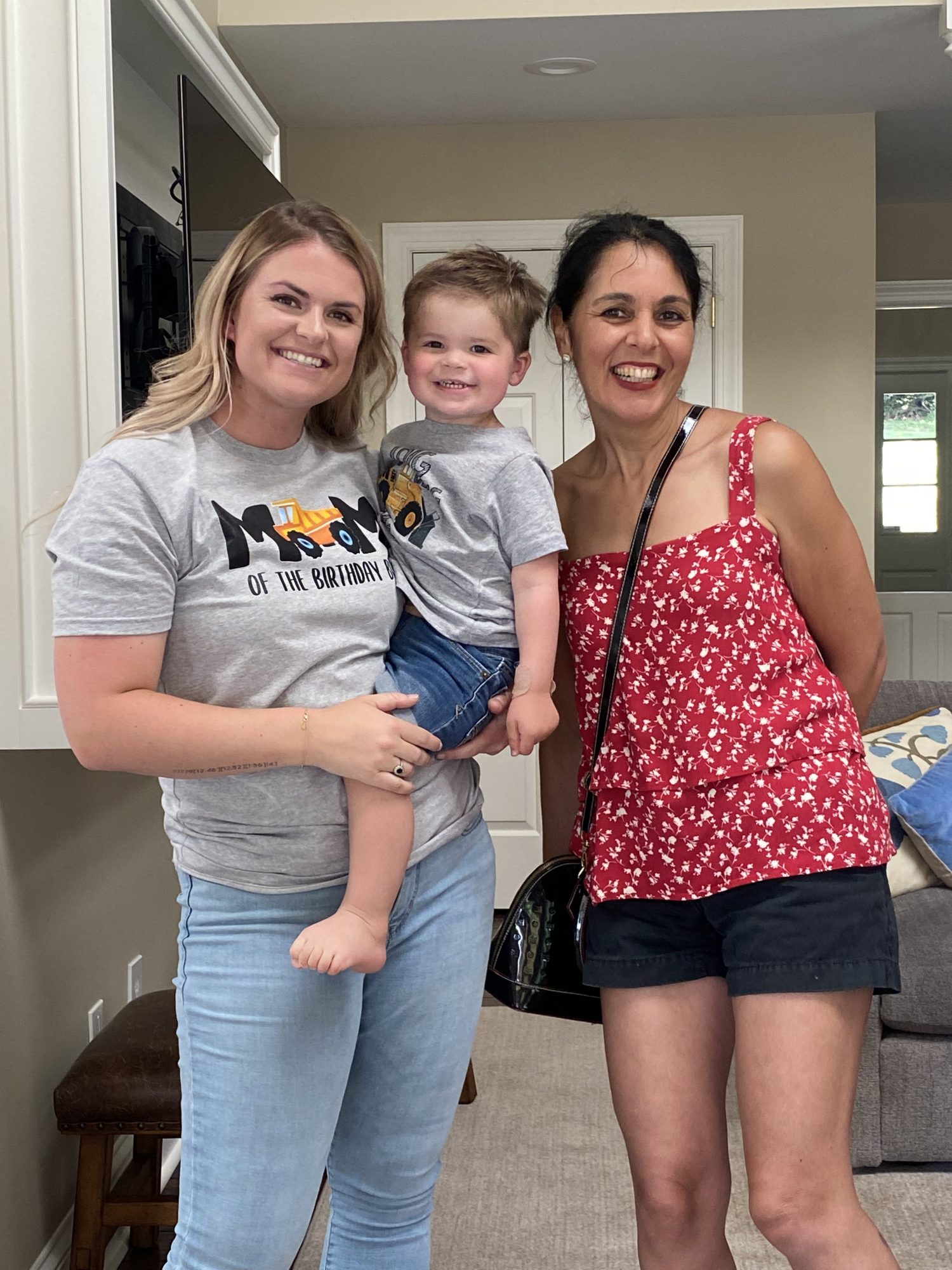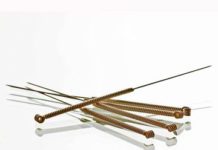
When I became pregnant with my son, I was so excited to become a mom. I did everything I could to prepare. I read all the books, asked all the questions, and researched what I wanted for my birth. I prepared for a long labor, the contractions and the pain, and a potential C-section. However, I didn't prepare to almost die while giving birth to my baby, nor was I prepared for the fight it would take to finally meet him.
The Day My Life Changed
During my son's delivery, I was 10cm dilated and ready to push when I told my nurse I wasn't feeling well. I screamed that something was wrong with my heart, seconds before collapsing and going into cardiorespiratory arrest. My husband immediately grabbed me and tried desperately to wake me. A code blue was called and my room filled with people trying to save both my life and my baby's.
Everything happened so fast. I was out of my room and into the operating room in under 60 seconds. My son, Callahan (Cal), was delivered within six minutes of my code, while my care team performed CPR on me.
My OB-GYN, Mojdeh Saberin, M.D., with Axia Women's Health, recognized almost immediately that I was experiencing an amniotic fluid embolism (AFE) and acted quickly.
"An amniotic fluid embolism is a rare, unpredictable obstetric emergency, occurring in approximately only 1 in 40,000 births. It happens when amniotic fluid enters a mother's circulatory system and causes an anaphylactic-like reaction," Dr. Mojdeh Saberin later explained to me. "It can feel like a sense of impending doom, chest pressure, difficulty breathing, and nausea. Many women who experience an AFE do not have any obvious risk factors. However, things like placental abnormalities, seizures due to pregnancy-induced hypertension, and a personal history of AFE can increase risk." Just as in my own case, I also learned that those first five minutes after an AFE are critical for survival.
In the waiting room, my family heard the code blue announcement. They had no idea what happened. When they arrived at my room, they found my husband barely able to speak. Doctors explained to my family, "The baby is fine, but Kayleigh is not. She had an amniotic fluid embolism, and we're doing everything we can to save her life." Following my emergency C-section, my heart and lungs were failing, so I was placed on ECMO, a respiratory machine that acts as your heart and lungs. My clinical team couldn't stop the bleeding, so a hysterectomy was performed, and over 140 units of blood were transfused.

My Road To Recovery
Over the next several hours, more than 50 medical professionals used every ounce of their knowledge to bring me back from the brink of death several times. I know every individual has to choose the birthing plan that's right for them. For me, without the skilled physicians and staff at Paoli Hospital, where I delivered, I know without a doubt I would not be here today.
My journey continued for several more days while still on ECMO and a ventilator. I was transferred to another hospital, Lankenau Medical Center outside of Philadelphia, where I received a small heart pump (Impella) to help my heart recover. It wasn't until five days later that I was able to meet my son for the first time, although I have no memory of it.
Just 14 days after my AFE and Callahan's birth I was sent home to be with my family. I owe my life to my amazing medical teams. They never gave up on me and I will be forever grateful to them for giving me the opportunity to be a mom.

Turning Crisis Into Opportunity
It's been a little over two years since my AFE and Callahan's birth. But I knew I needed to do something. I wanted to raise awareness for AFE, while also using my knowledge as a therapist to help those who have experienced birth trauma. There's a complex set of emotions that occur when someone experiences trauma on a day that was promised to be one of the best days of their lives. So, I created a social media community, where I'm known as The Birth Trauma Mama, to support birth trauma survivors and to educate on AFE.
Since I built the community in January 2020, I've supported hundreds of new parents as they process the complex emotions related to a traumatic birth. My TikTok videos describing my story have helped medical professionals better understand a patient's perspective and be more prepared if this rare complication were to present in their unit. While I hope no person has to experience what I did, I am grateful to be here today and to share my knowledge and support with other birth trauma survivors.
































